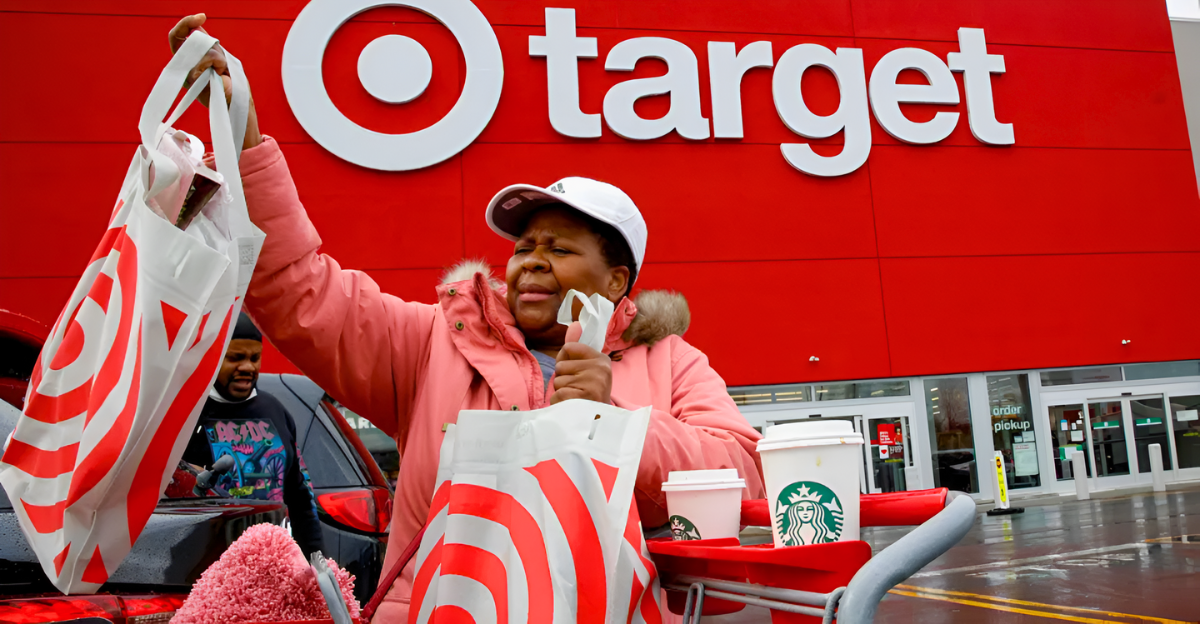
Price reductions on necessities, back-to-school sales, and a relaxation of contentious DEI (Diversity, Equity, Inclusion) policies were all part of the company’s strategy to turn around declining sales and brand loyalty. However, Target’s efforts have been outpaced by shifting consumer expectations, cultural backlash, and intense competition.
Consumer trust and value alignment are at the heart of the failure, not straightforward pricing or promotional strategies. Inconsistencies in Target’s messaging, along with changing economic realities, undermined the trust that modern American consumers have in retailers who represent their values.
Target’s Brand Promise and Past Customer Loyalty

Target has historically fostered customer loyalty by establishing itself as a chic yet reasonably priced retailer with a forward-thinking brand image that embraces inclusivity and community values. For many years, this combination appealed to millennials and families who viewed Target as a company that mirrored their values and goals rather than just a place to shop. However, brand loyalty is notoriously fragile, especially in retail.
Previous experiences demonstrate that maintaining customer goodwill necessitates ongoing care, particularly when a retailer adopts significant ethical or cultural positions. Target’s recent withdrawal of its DEI pledges caused a rift with its core audience, many of whom saw these actions as betrayals right away.
Economic Pressure on Consumers and Inflation

Understanding the economic context is essential to comprehending why Target’s strategy failed. Due to the ongoing high rate of inflation, American household budgets are being squeezed, and price sensitivity is increasing.
Target cut prices on more than 5,000 necessities as part of its lure-back strategy, but this change in strategy came at a time when consumers are not only searching for deals but are also very picky, struggling with mounting credit card debt and general financial anxiety. According to research, even lower prices might not be sufficient if there is a lack of consumer trust and perceived value; distressed consumers place a higher priority on necessity and emotional comfort, frequently turning to private labels or bargain stores.
Values and Cultural Backlash
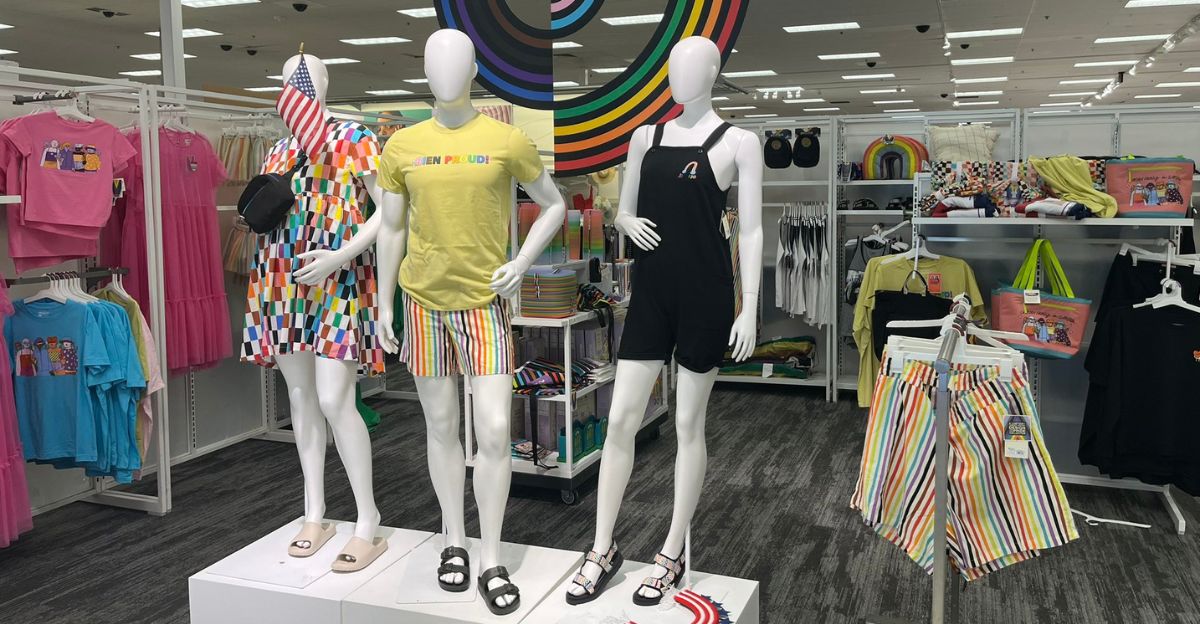
Inconsistency in alignment. The cultural backlash brought on by Target’s departure from its openly declared values is a crucial undercurrent that is undermining the company’s lure-back strategy. Target has established a reputation for taking progressive positions, which is evident in its DEI programs and Pride merchandise. However, the company reportedly reduced these programs in early 2025 as a result of political pressure and backlash. Core customer segments that value brand ethics nearly as much as product quality or price were misinformed by this backtracking.
Modern consumers, particularly Gen Z and millennials, actively hold brands accountable for their cultural and social commitments, according to surveys and social commentary. Target’s withdrawal has been seen as a weakness or inconsistency rather than pragmatism, severely damaging its emotional ties with essential customer segments.
Dynamics of the Competitive Retail Landscape
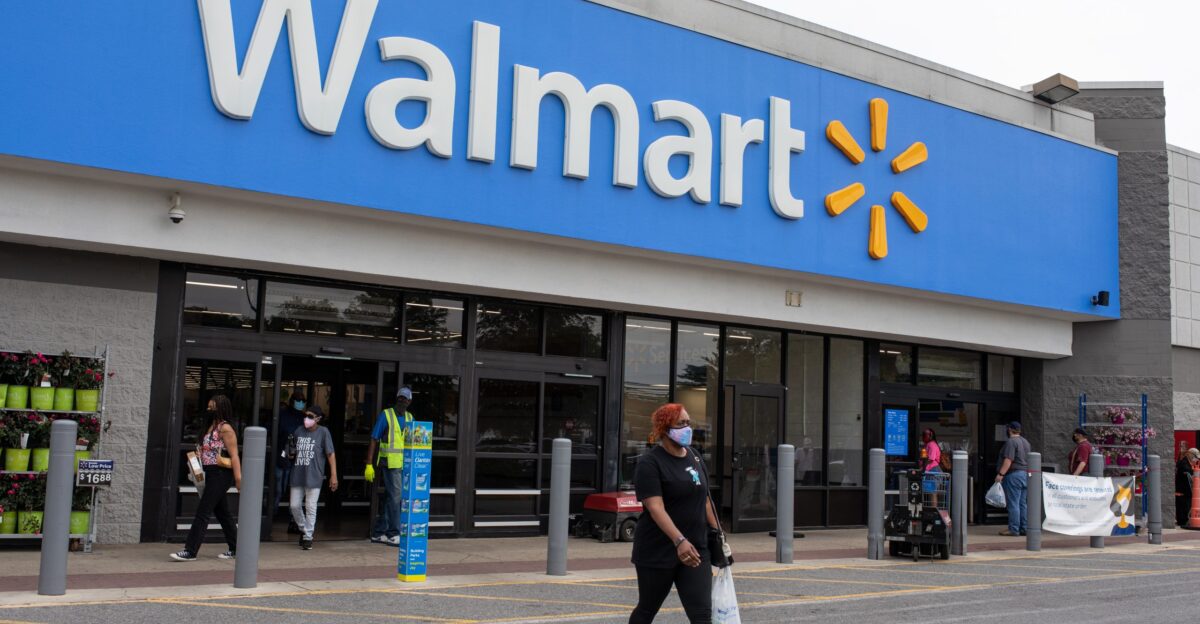
It is impossible to comprehend Target’s lure-back failure without acknowledging the competitive dynamics of the modern retail environment. During inflationary times, Walmart, Amazon, Costco, and Dollar General have all adopted aggressive competitive positioning strategies, focusing on price, convenience, and customized product assortments.
Target aimed to regain the very economically sensitive customers that Walmart, in particular, has aggressively leveraged its scale for even deeper price cuts and supply chain resilience. Amazon’s ongoing expansion in convenience and e-commerce puts additional pressure on non-price factors like user experience and delivery speed. Target’s strategy limited its ability to remain accessible and at the top of the mind by concentrating primarily on price reductions without equally revitalizing its omnichannel and loyalty programs.
The Psychological Aspects of Customer Reaction

Understanding consumer psychology offers a valuable perspective on why Target’s lure-back plan didn’t work. Consumers make more emotional purchases and use reasoning to support their choices, according to psychological research. Price reductions are insufficient to make up for a company like Target that betrays trust or fails to engender emotional loyalty.
Additionally, when Target’s messaging contradicts its perceived actions (such as withdrawing from DEI), cognitive dissonance arises. Even if the retailer provides financial incentives, this causes discomfort that makes customers distrustful or disengaged. Customers who are psychologically weary of political and cultural disputes also steer clear of companies that are involved in contentious stories in favor of easier, less stressful shopping experiences. Therefore, deeper emotional and psychological barriers to regaining lost customers were not sufficiently taken into account in Target’s strategy.
The Case Study of the Back-to-School Promotion
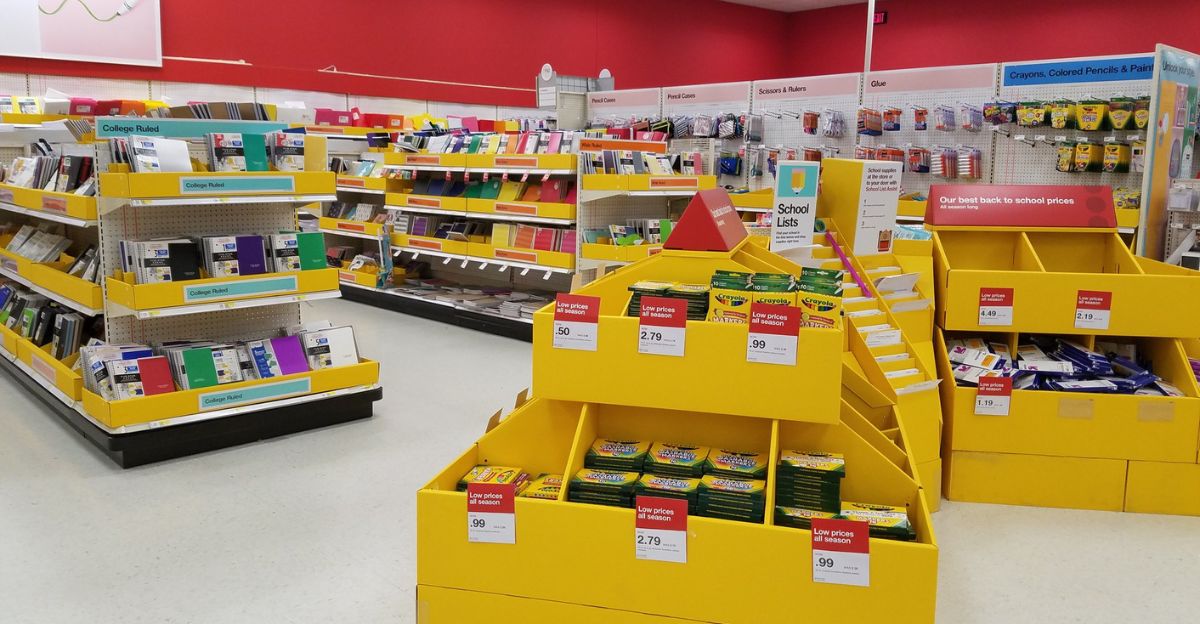
The lure-back failure is exemplified by Target’s 2025 back-to-school (BTS) promotions. In a massive effort to attract customers back to a crucial seasonal category, the company gave hundreds of BTS items up to 30% off. Nevertheless, consumer surveys and media reports revealed a lackluster level of enthusiasm despite the substantial markdowns. Offers were met or surpassed by rival merchants, frequently with superior loyalty benefits or pickup/delivery choices.
Concerns regarding product availability and the general in-store experience were also not adequately addressed by the promotions. The lack of differentiation through BTS deals demonstrates that tactical discounts yield marginal returns in the absence of strategic brand lift or increased consumer trust. This illustration indicates that Target’s attempts to entice customers back were reactive in nature rather than based on sustained engagement.
Issues with the Supply Chain and Inventory
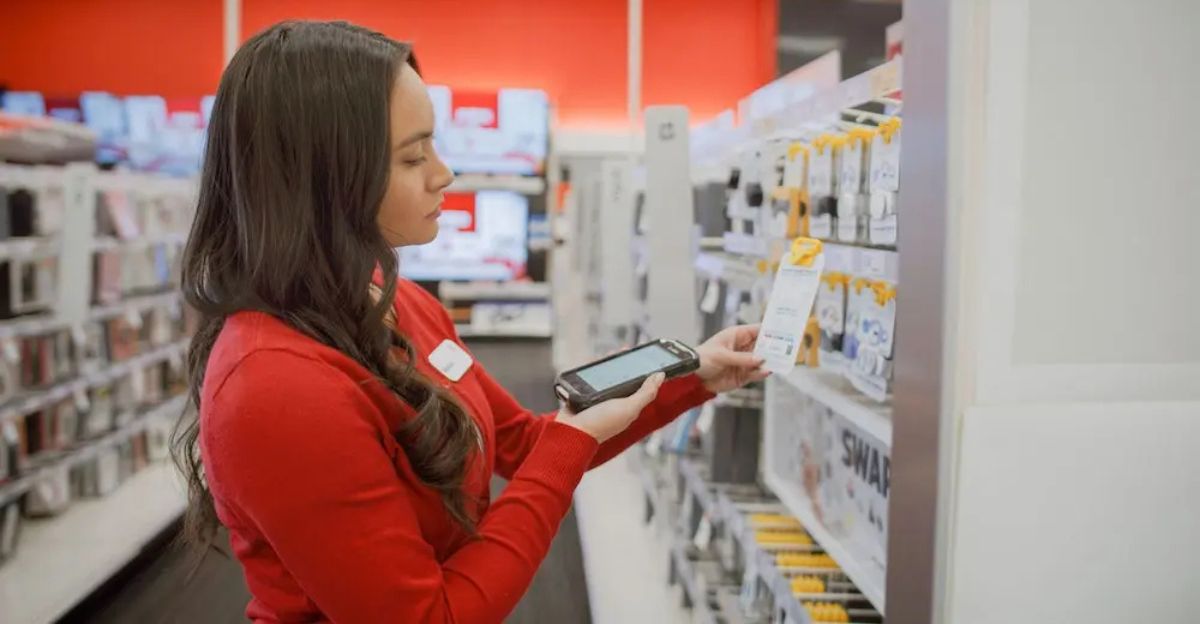
The long-term effects of inventory control and supply chain interruptions are another aspect of Target’s strategy that is often disregarded. Customers have been irritated by product shortages, uneven stock levels, and delayed restocking brought on by post-pandemic logistics problems. Even though Target says it has the “right inventory,” according to some experts, operational issues still prevent customers from having a flawless online and in-store shopping experience.
Customers penalize brands that struggle with delivery or product availability because they are used to instant gratification and dependability. These difficulties reduce the impact of price promotions; if customers are unable to reliably locate the goods they desire, discounts are ineffective at regaining market share or customer loyalty.
What Target Could Learn from Other Retailers’ Experiences
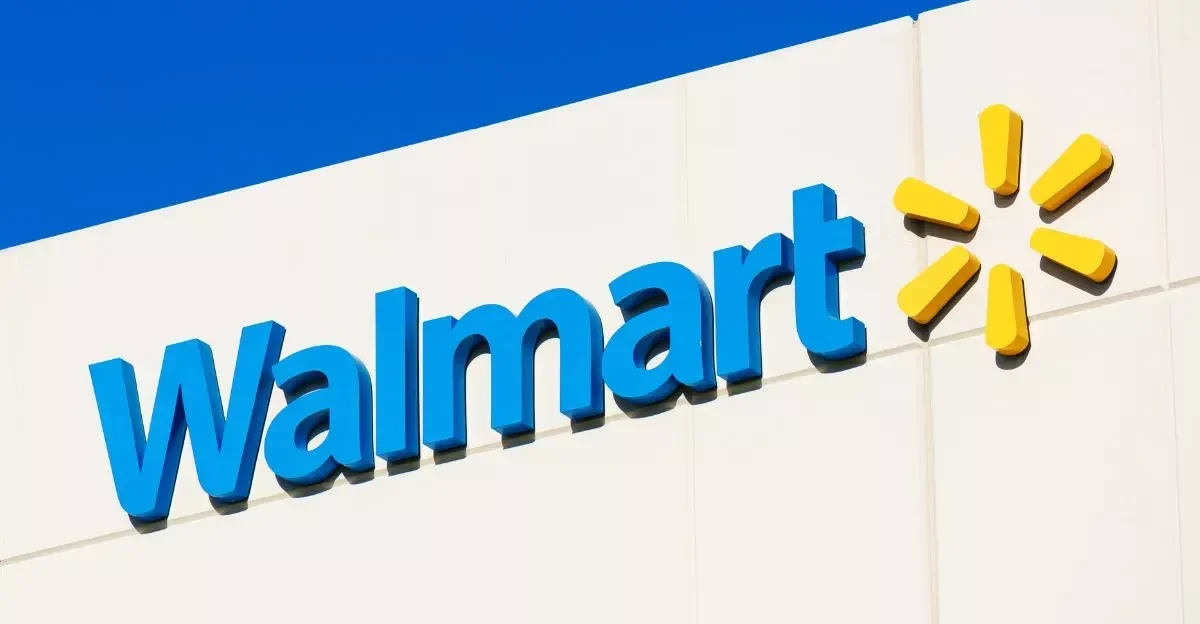
Examining rivals teaches valuable lessons. A more resilient customer base is created by Walmart’s laser-like focus on price leadership, technological investments in the supply chain, and user convenience, even in the face of economic hardship. Costco is protected from short-term market fluctuations by its membership model, which creates exclusivity and perceived value.
Amazon’s omnichannel, convenience-first strategy is fueled by speed and personalization. Target’s difficulties point to the need for a diversified approach that goes beyond simple price competition and includes shopper experience optimization, trust-building, cultural alignment, and technological agility. Data from the industry consistently shows that a retailer’s ability to survive depends on a variety of factors, including direct emotional resonance, changing customer relationships, and pricing.
Speculating about the Ripple Effects of Consumer Distrust

There may be serious second- and third-order consequences if Target’s brand loses the trust of its customers. Alternative retail ecosystems, ranging from local small businesses that prioritize authenticity to direct-to-consumer startups that foster hyper-personalized relationships, can emerge as a result of mistrust.
Furthermore, the disengagement of customers from a major retailer such as Target accelerates the polarization and fragmentation of the retail market, leading to inequality among retailers. Additionally, trust decay creates a vicious cycle whereby a decline in foot traffic leads to a decrease in store atmosphere and customer service quality, which in turn exacerbates shopper attrition. Negative customer sentiment spreads quickly in the digital age, magnifying brand damage beyond conventional bounds. Without intentional brand rehabilitation efforts, these cascading effects make it harder to reverse the effects of a failed lure-back strategy.
Could Target’s Overly Conventional Approach Have Caused Its Failure?
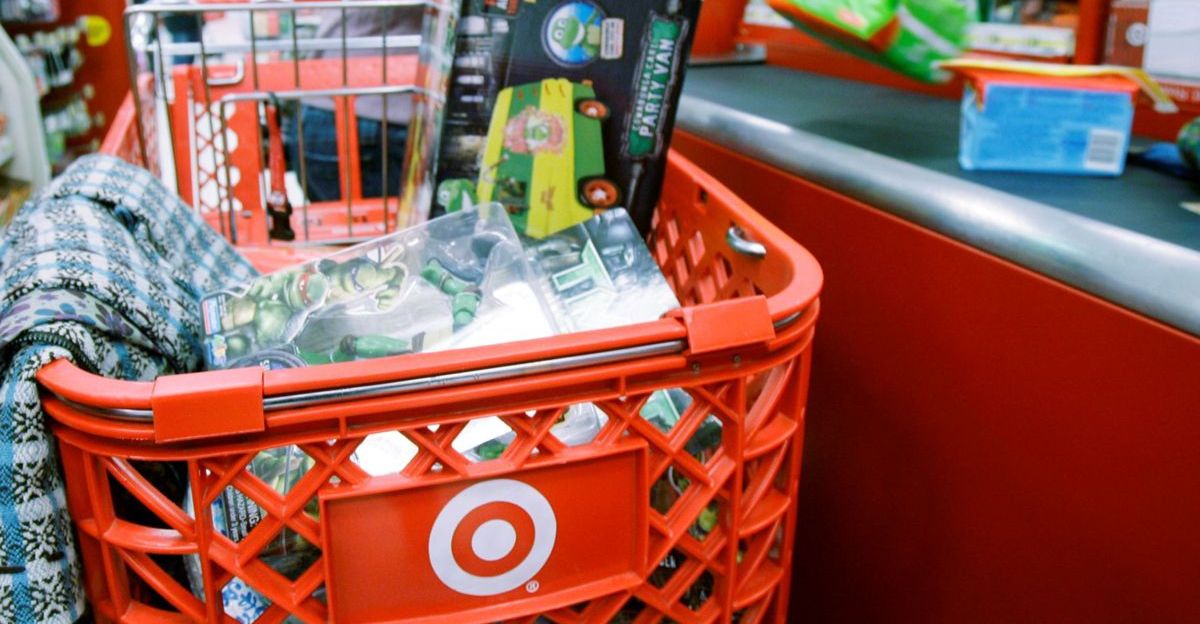
According to a counterargument, Target’s lure-back strategy was unsuccessful in part because it was traditional and predictable, failing to recognize the increasing sophistication of its target market. Consumers in the digital age demand greater interaction and creativity and are leery of simple promotional offers. Target didn’t innovate or address new trends like sustainability, mental health, or highly customized experiences with its emphasis on price reductions and conventional back-to-school promotions.
According to this perspective, the failure reflects a larger struggle in the retail sector to innovate in a way that goes beyond transactional relationships to create meaningful brand intimacy. This perspective casts doubt on the notion that the downturn can be solely attributed to inflationary pressures and implies that Target failed to recognize revolutionary changes in consumer behavior and technological uptake.
The “Model of Trust-Value Alignment
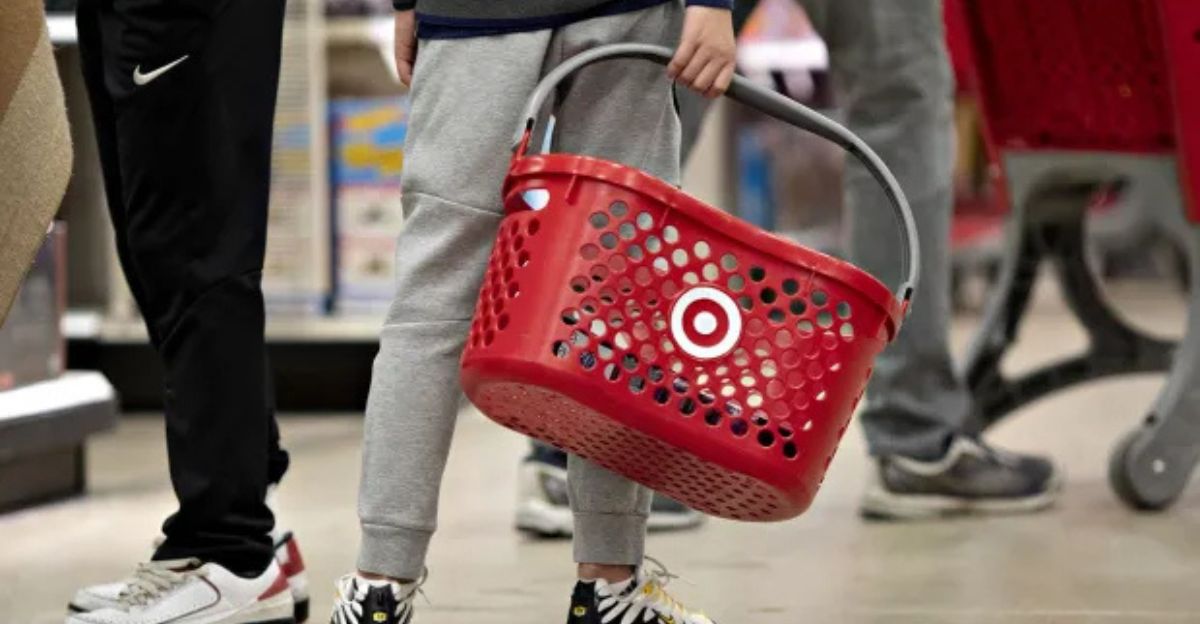
“The Trust-Value Alignment Model” can be used to explain the intricacy of Target’s failed strategy. According to this framework, trust—which serves as the essential lubricant in the transaction—mediates the perceived alignment between brand values and personal values, which in turn influences consumer purchasing decisions. When trust or alignment declines, failure happens.
A misalignment resulted from Target’s withdrawal from DEI and erratic messaging. Price reductions attempted to make up for lost trust by increasing transactional value, but were unsuccessful. By using this model, retail strategies are guided beyond straightforward promotions and toward integrated brand experiences that show shared values and reliable service at the same time, guaranteeing enduring customer loyalty and resistance to pressure from the competition.
An Excessive Case: Past Brand Failures Because of Cultural Errors
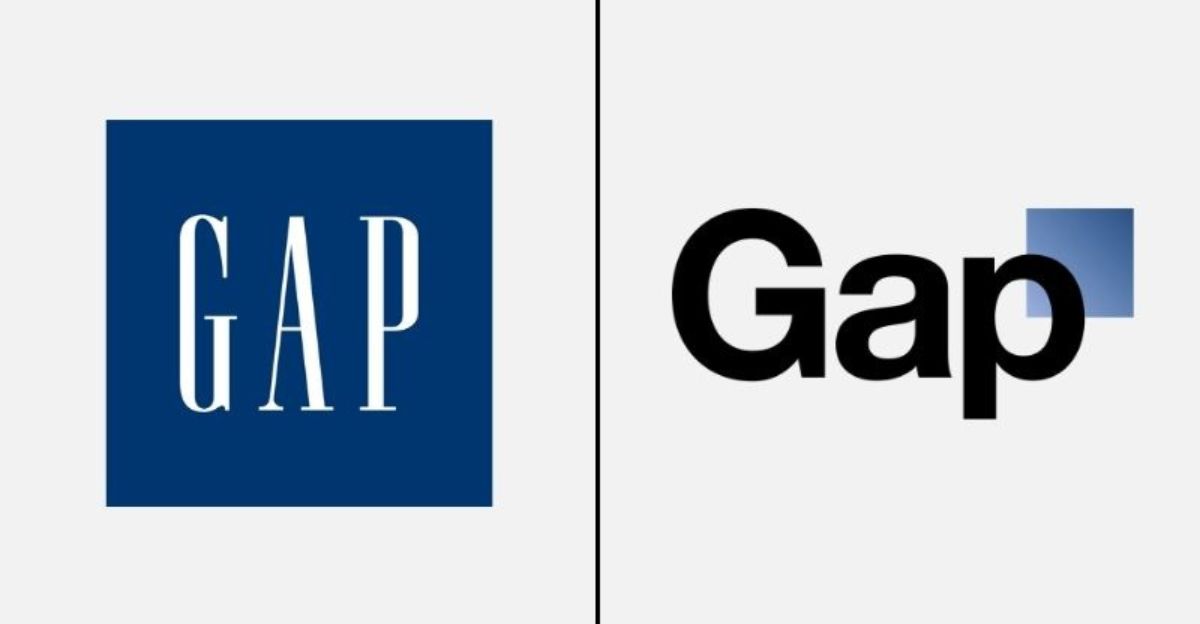
Extreme examples from history show how cultural blunders can quickly destroy even the most well-known brands. For instance, Gap experienced severe consumer backlash in the early 2000s following poorly received logo changes that disregarded brand identity and customer sentiment, leading to a sharp decline in revenue and organizational chaos.
Similar to this, Pepsi’s contentious advertising campaigns in the 1990s alienated specific segments of its customer base, which hurt sales. Similar to these instances, Target’s social contract with customers was harmed by cultural inconsistency. These historical examples highlight how a lack of genuine, consistent brand values runs the risk of causing disastrous drops in customer loyalty that cannot be reversed by lure-back pricing in today’s hyper-aware society.
Future Patterns and Target’s Path Ahead

In the future, Target needs to adopt a comprehensive re-engagement strategy that goes beyond price if it hopes to bounce back. Consumer demand for social responsibility, authenticity, smooth digital integration, and customized shopping experiences is expected to rise in the future. Retailers will stand out if they incorporate emotional intelligence, use data insights, and collaborate with customers.
Additionally, Target’s difficulties might be a sign of a broader retail reckoning in which dynamic value innovation and agile cultural competency are essential to brand survival. Given the divisive retail environment, Target’s decline is likely to accelerate if these trends are ignored. Whether Target can restore relevance and trust in the fractured American consumer psyche is the game-changing question.
Conclusion
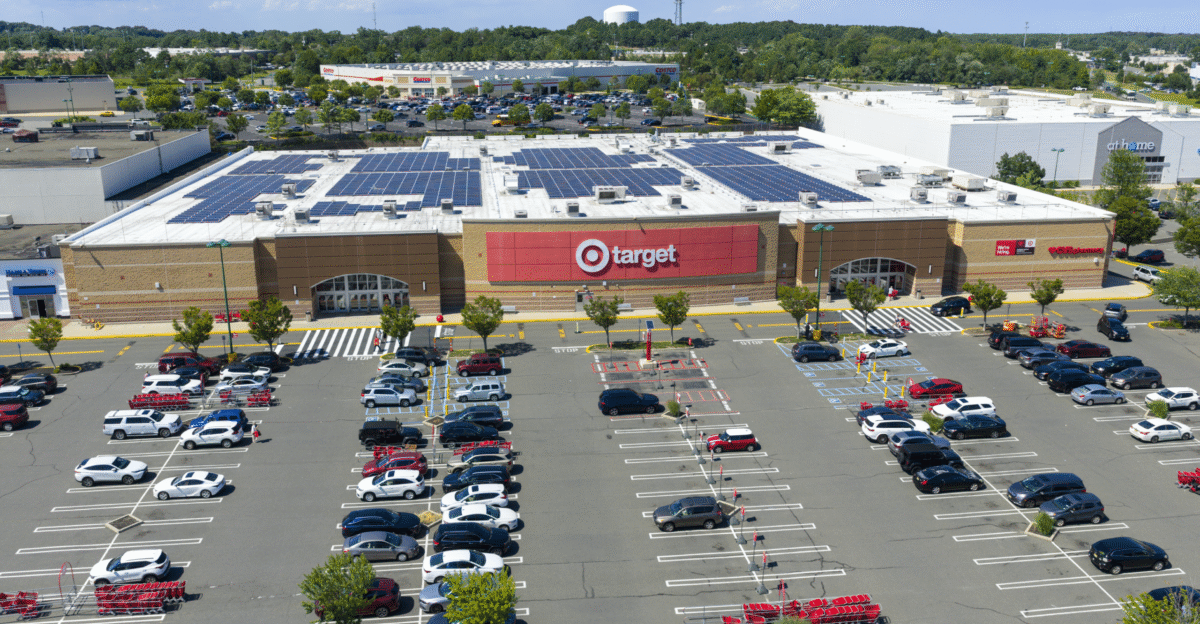
The failure of Target’s lure-back strategy reveals essential insights into modern retail and consumer psychology. In the face of intense competition, shifting cultural values, and economic pressures, price reductions and promotions are no longer enough. Core audiences have been alienated due to the breakdown of trust brought on by inconsistent values and inadequate handling of cultural issues.
Target’s conventional strategies failed due to a combination of economic hardship and superior competitor strategies. In the future, trust-value alignment, emotional resonance, flawless execution, and cultural authenticity will all be essential components of successful retail strategy. Target’s predicament serves as a warning to all retailers: capturing the hearts, minds, and wallets of American consumers today requires more than just traditional marketing.